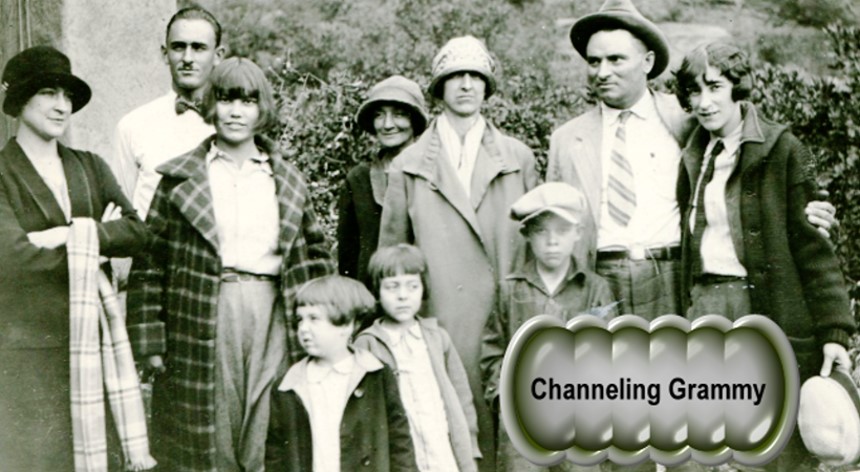
It seemed very odd to have 6 young Appling children living with Melton Keesmon.
The first Appling I found here was Aretha. Since I was looking for Althea/Aletha, I first assumed that this was not the person I was looking for. Then I realized that Nancy, John, Americus, and Oscar were siblings of Aletha, as listed in the 1860 census. Hmmm. Seems like the right family. But what’s with the head of household Melton Keesmon?
Since the children’s father was William Burrell Appling, I looked at his 1850 census listing. I found him with his wife and 4 children, ages 14 through 21. But who are Isabella and Eliza King?

The answer to both mysteries comes from realizing that the pages are out of order.
Melton Keesman is listed in family # 690 at the bottom of image 100 .
Burrell Appling, with his family # 717 is listed at the bottom of image 104.
The Appling children (Nancy, Cordelia, John, Americus, Oscar, Aretha) are listed at the top of image 101 with no family number. However, the family immediately following them is numbered 718.
Similarly, the King children (Isabella and Eliza) are listed at the top of image 105 with no family number. The family immediately following them is numbered 743, so presumably they are part of family # 742.
Mystery solved: image 101 should follow image 104. This is one more reason to look past the index and review the scanned document, especially when the information provided in the index seems a little fishy.
